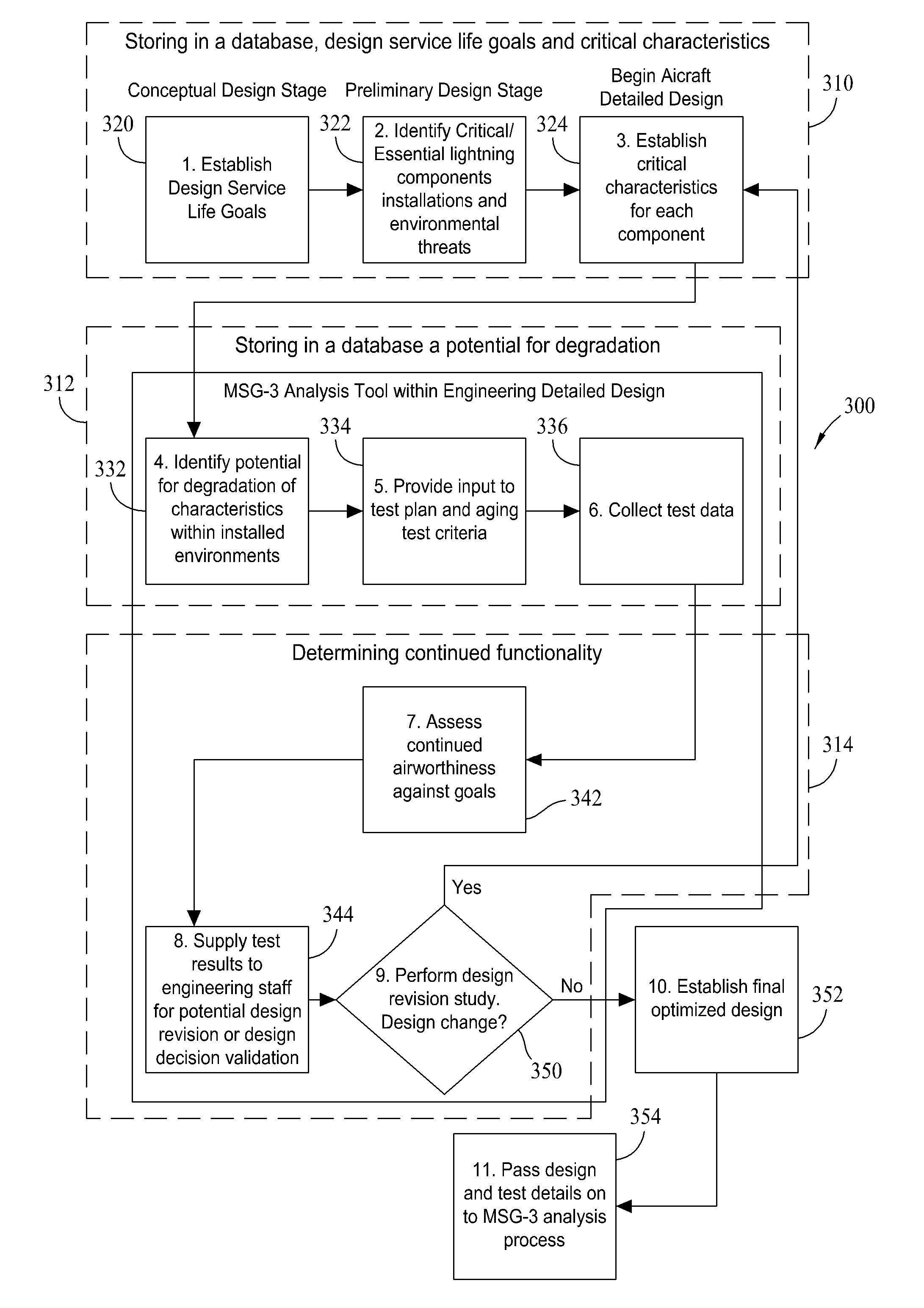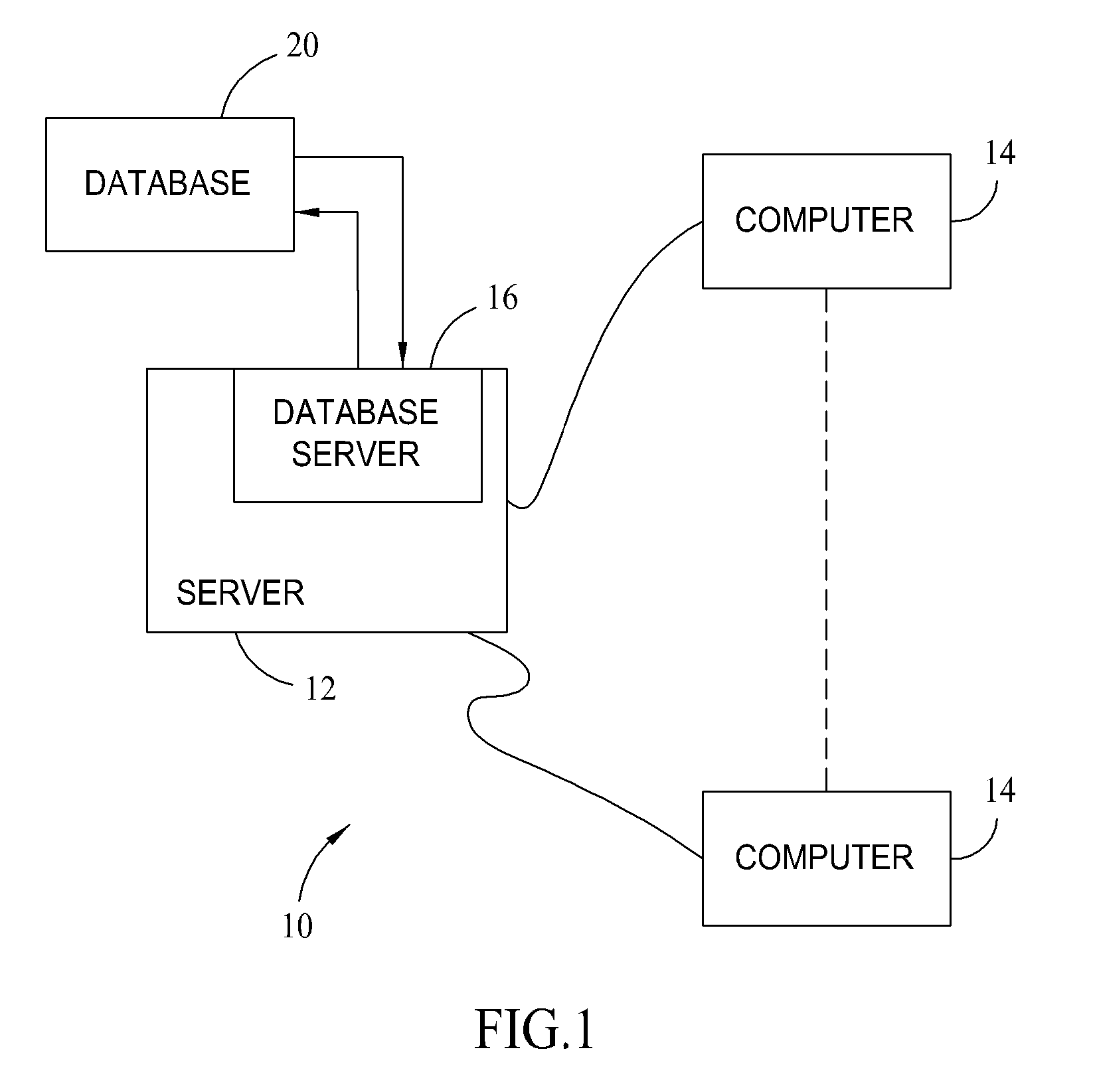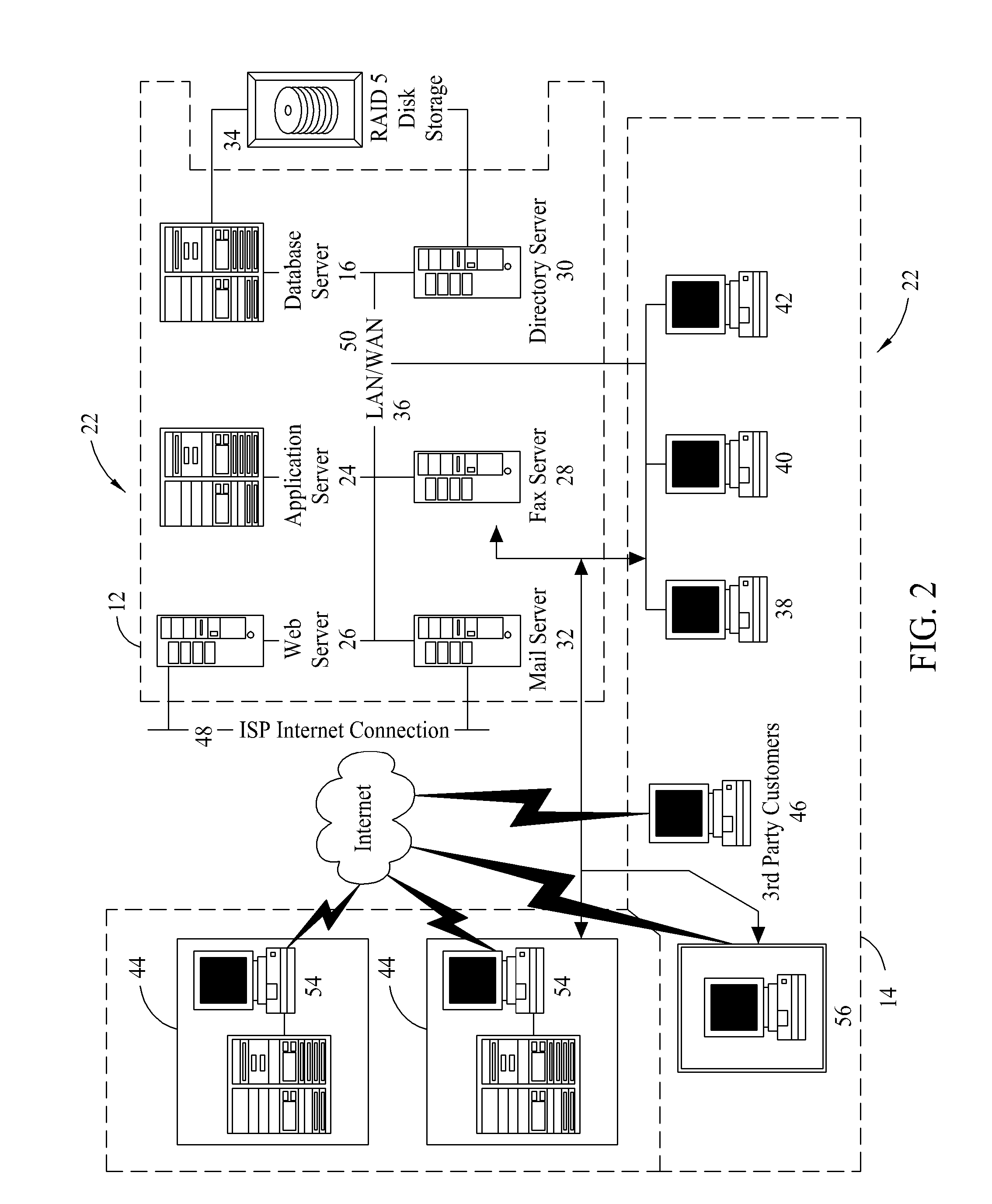Methods and systems for evaluating a design of an aircraft
a technology of aircraft design and methods, applied in the direction of instruments, nuclear elements, cad techniques, etc., can solve the problems of potential degradation, potential degradation, and potential degradation
- Summary
- Abstract
- Description
- Claims
- Application Information
AI Technical Summary
Benefits of technology
Problems solved by technology
Method used
Image
Examples
Embodiment Construction
[0014]Current aircraft design methodologies may include impromptu design reviews late in the design process and use engineering “tribunals” to determine the continued airworthiness of an aircraft design in a “post” detailed design setting. The decisions made by these reviews and tribunals may necessitate the rework of some designs, and delay completion of a finalized design. In addition, using the current process, the follow-on continued airworthiness maintenance program analysis performed by maintenance engineers is limited in its capability to revise non-optimized designs due to the late nature of the design stage in which this analysis is conducted. Such analysis may result in either mandatory design changes made late in the project or unwanted scheduled maintenance passed on to both an aircraft manufacturer and an aircraft operator that continues through the life of the aircraft. The current process may also result in scheduled maintenance tasks that require inspection for which...
PUM
 Login to View More
Login to View More Abstract
Description
Claims
Application Information
 Login to View More
Login to View More - R&D
- Intellectual Property
- Life Sciences
- Materials
- Tech Scout
- Unparalleled Data Quality
- Higher Quality Content
- 60% Fewer Hallucinations
Browse by: Latest US Patents, China's latest patents, Technical Efficacy Thesaurus, Application Domain, Technology Topic, Popular Technical Reports.
© 2025 PatSnap. All rights reserved.Legal|Privacy policy|Modern Slavery Act Transparency Statement|Sitemap|About US| Contact US: help@patsnap.com



